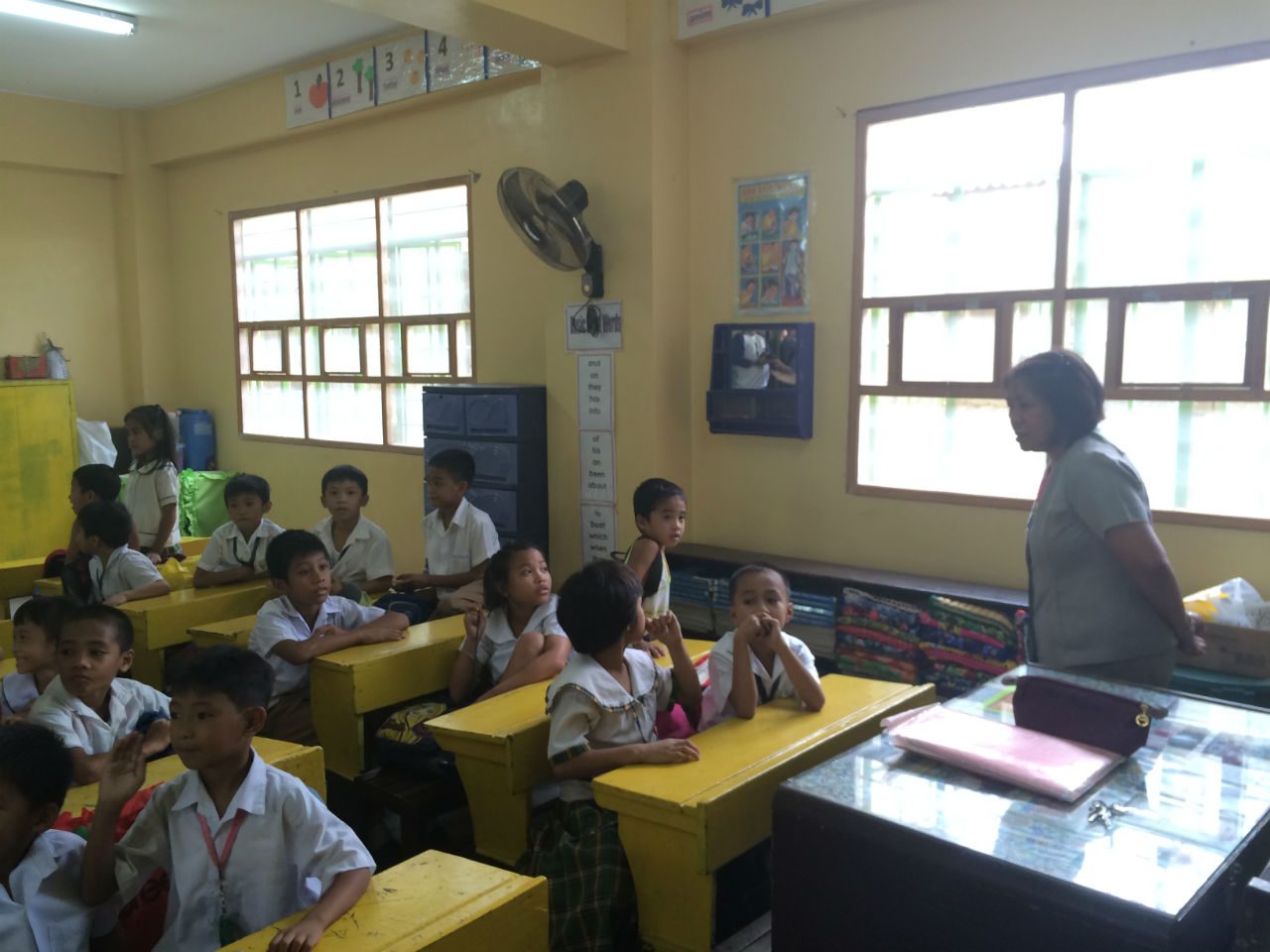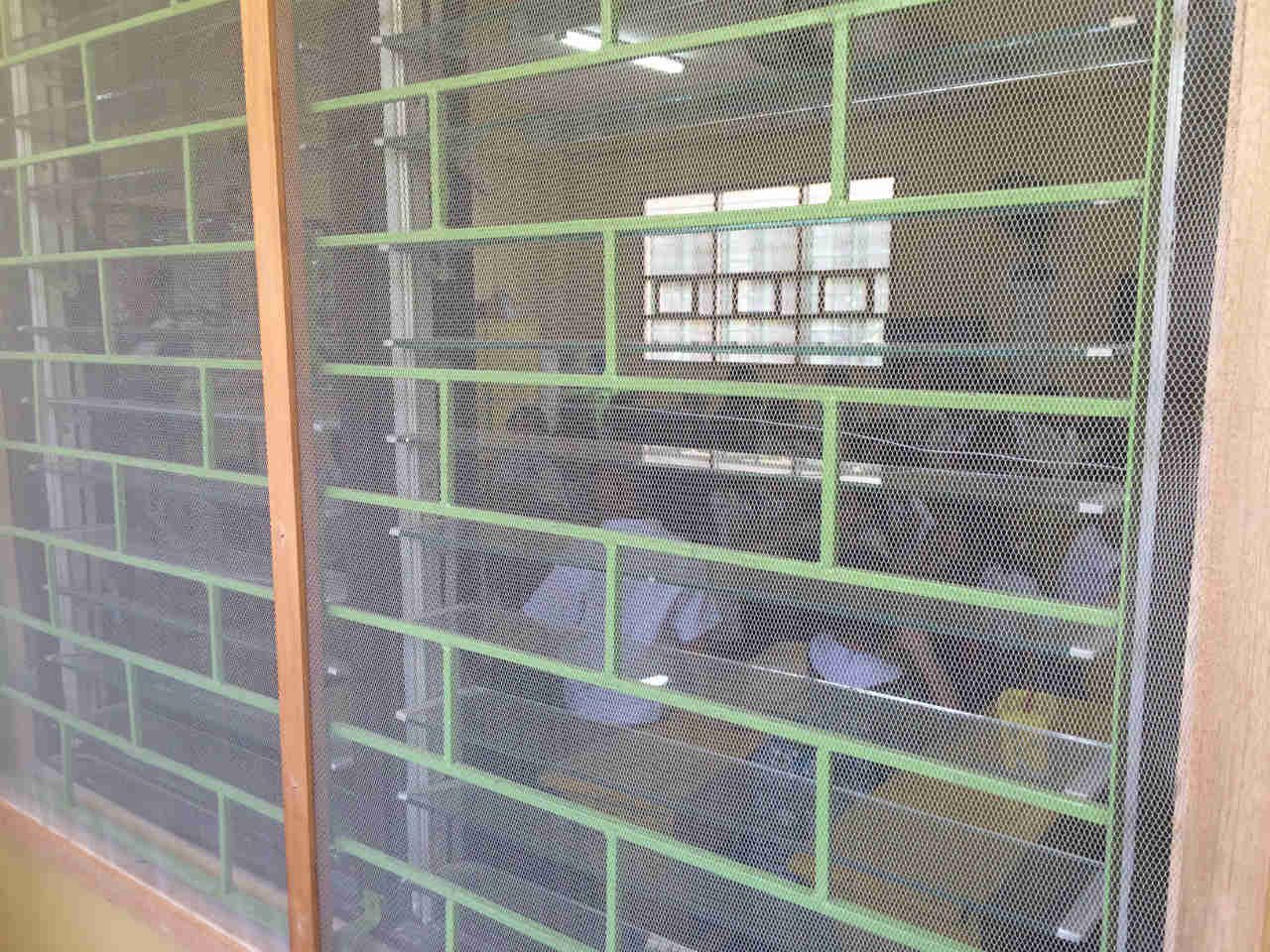SUMMARY
This is AI generated summarization, which may have errors. For context, always refer to the full article.

MANILA, Philippines – With dengue cases still on the rise in the Philippines, the health department said the best strategy to prevent the disease is to fight it not only in the barangay (village) level, but also in schools.
Dengue, a disease common in tropical and sub-tropical countries in the world, is transmitted through the bite of an Aedes mosquito. Dengue fever is potentially fatal and mainly affects school-aged children aged 5 to 14 years old.
According to Health Secretary Janette Garin, mosquitoes that transmit dengue are most active two hours after sunrise and two hours before sunset.
The department is set to provide 10,000 Insecticide-Treated Screens (ITS) rolls for 20,000 classrooms in the Philippines.
Priority will be given to first floor classrooms located in areas where dengue cases are high, as well as provinces where the number of cases are still expected to rise.
The screen is proven and tested to have a safe level of insecticide (permethrin). Because of the chemical, it has a repellent effect that can last up to 5 years, even with exposure to climate and frequent washing.
Garin said it can kill other insects, cockroaches, bees, and head lice. The screen is also used in areas endemic for malaria.
This intervention has been in place since 2009, with 7,620 schools already reached nationwide. This year, P71 million ($1.55 million) out of the P240-million ($5.22 million) total budget for DOH’s dengue program has been allocated for the ITS.
The department intends to institutionalize this intervention nationwide. (READ: PH spends less than P1B to fight neglected tropical diseases)
Dengue situation ‘not yet alarming’
As of September 19, DOH already pegged the number of cases since January at 92,807, with 269 deaths. Most of the cases come from Central Luzon (14,127 or 15.2%), Calabarzon (14,082 or 15.2%), and National Capital Region (10,385 or 11.2%).

Garin said two provinces already declared a state of calamity due to dengue: Cavite and Bulacan.
Despite the high incidence this 2015, Garin said the situation is not yet alarming since the number has not yet reached the alert threshold. For her, this means dengue prevention programs have so far been effective.
“Ang lamok na may dengue [can] stay until 5 generations – that’s how long it stays. Madali ba siyang sugpuin? Hindi. Pero mapipigilan sa pamamaraan ng paglinis at pagbawas ng population ng lamok,” the secretary added.
(A mosquito with dengue can stay until 5 generations – that’s how long it stays. Is it easy to curb? No. But we can prevent it by cleaning, and lessening the population of mosquitoes.)
The Philippines is one of 4 countries in the Western Pacific which reported the highest dengue incidence in recent years.
The country is pinning its hopes on a dengue vaccine tested here and in 4 other Asian countries after it showed promising overall efficacy. The health department hopes the vaccine will be registered soon so it can be given at least on a pilot basis by 2016. – Rappler.com
*US$1= P45.92
Add a comment
How does this make you feel?
There are no comments yet. Add your comment to start the conversation.